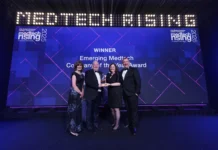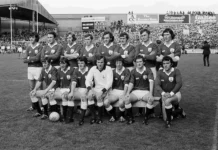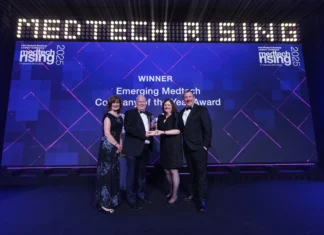People who suffer from a stroke in Galway take more than three hours to reach the hospital on average.
The Annual National Stroke Register Report for last year expressed concerns about the length of time it was taking stroke patients to reach the hospital for treatment.
Three hours is the desired window for the patient to have a good hope with the report emphasising that “Time is Brain”.
At Portiuncula Hospital in Ballinasloe stroke patients take an average of five hours to reach the hospital, while at UHG it can be just over three hours before they arrive.
Stroke teams are asked by the HSE to enter the hospital arrival date and time to help calculate the length of time from stroke onset to when the patient arrives at the hospital.
While the date of stroke onset was recorded in 97% of cases, the the date and time of the stroke was only recorded just over 50% of the time. In 40% of case the time was entered as ‘unknown’.
The date of hospital arrival was recorded in over 99% of cases, and time was entered 95% of the time.
Bantry General Hospital had the slowest recorded time in the country with patients taking an average of seven hours to reach the hospital.
Portiuncula was also singled out by the report for being the only hospital where no stroke patients received an MRI or CAT SCAN within 45 minutes of arriving.
Patients at Portiuncula have a Median waiting time of 10hrs 47mins to get a scan. The next longest recorded average was 5hrs 53mins at Wexford General Hospital.
Guidelines also recommend administering a clot-breaking medication within 4.5hrs for patients suffering a ischaemic stroke.
Mercy hospital had the best response speed of all acute hospitals in the country, administering the medication within 45 minutes.
University Hospital Galway also performed well, getting patients medicated within 51 minutes where necessary, the third fastest response rate in the country.
Overall the report found that time to treatment is improving, with 69% of patients being seen within three hours of admission, up from 54% in 2016.
But it highlights the need for a sustained public health campaign to help people recognise the symptoms of a stroke.












